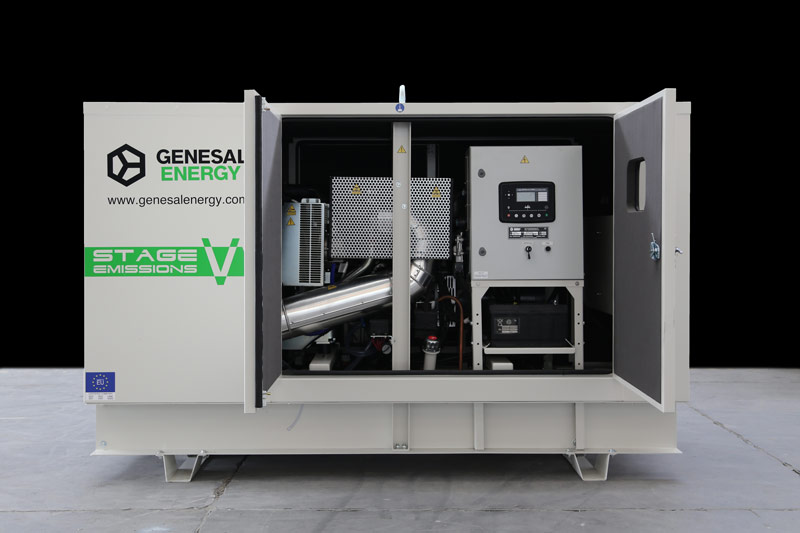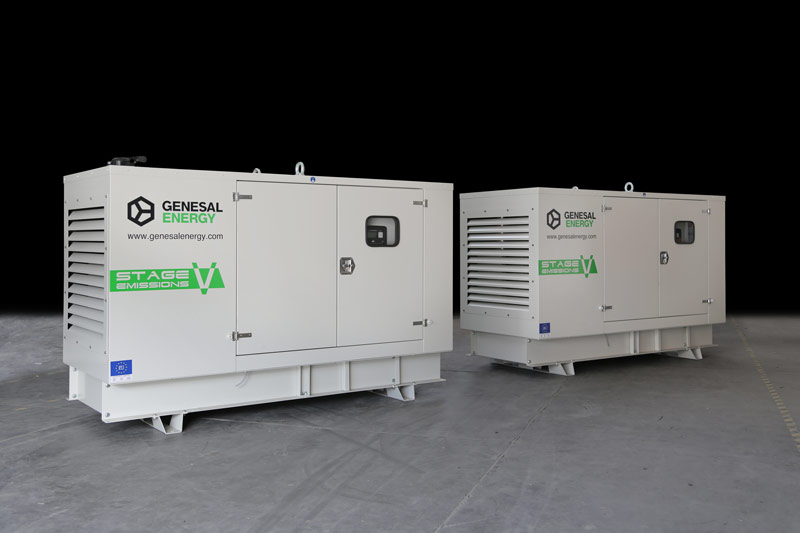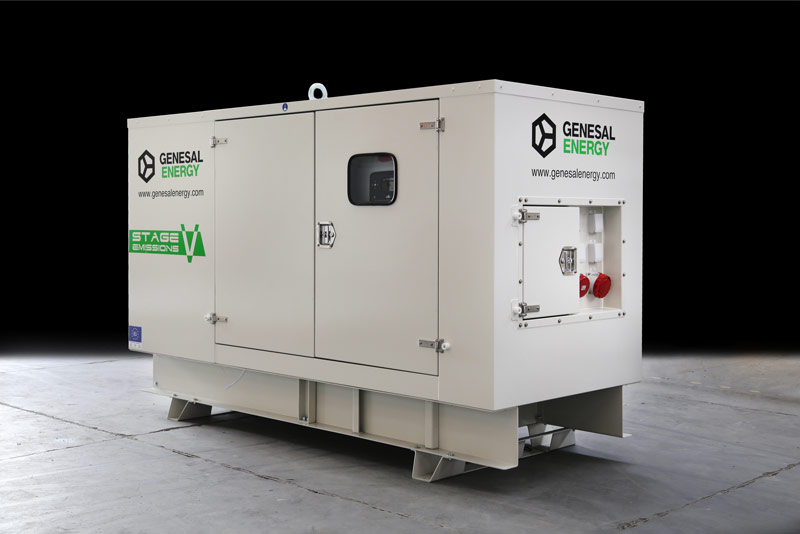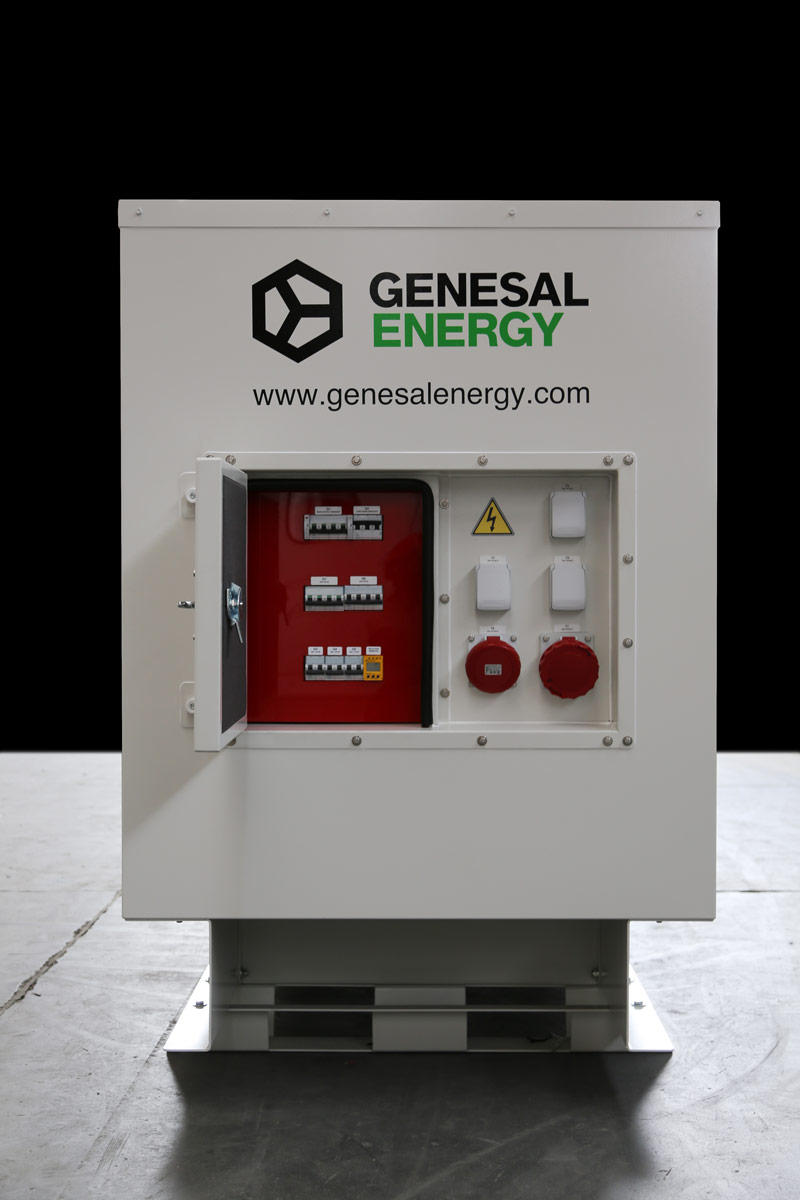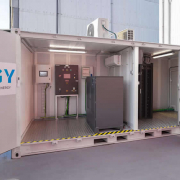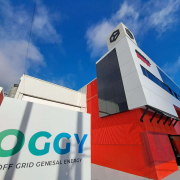What do you know about the Stage V emissions regulations? Let’s take a closer look.
Introduction
Air quality has become a critical issue around the world, and Europe is no exception. The European Union has been imposing limits on emissions of gaseous and particulate pollutants for years, and in 2016 the European Parliament and the European Council tightened restrictions on internal combustion engines in non-road mobile machinery, including generator sets.
Today, the legislation on pollutant emissions is more restrictive than ever, and strict limits are in place regarding the quantities of harmful substances which may be emitted in exhaust gases by engines that run on fossil fuels. These substances include nitrogen oxide (NOx), carbon monoxide (CO), hydrocarbons (HC), and particulate matter (PM), while particle numbers (PN) are also limited. EU regulation 2016/1628/EC on non-road mobile machinery (NRMM), or the Stage V regulations, came into force on January 1st, 2019, repealing the directive which had previously regulated emissions from industrial machinery.
The new regulations cover all power ratings and all mobile industrial machinery which uses non-stationary compression or spark ignition engines. It should be noted, however, that stationary emergency generator sets do not fall under the scope of the regulation.

Transition period
The legislation provides for a transition period during which transitional engines, and the machines they power, can be marketed and sold. EU Regulation 2016/1628 has recently been amended to extend this transition period by twelve months, and the regulations will now enter into force on July 1st. This means that Stage IIIA generator sets with power ratings below 56kW or above 130kW and manufactured before 30 June 2021 can continue to be sold until December 2021, with the same deadlines for machines with power ratings between 56 and 130 kW.
The new tighter legislation requires manufacturers to implement a suitable exhaust aftertreatment system to control and measure engine emissions in order to meet the new Stage V emission standards. The following technologies can be used to keep internal combustion engine emissions below the limits established in the regulations:
- Diesel oxidation catalysts (DOC): these are specifically designed to reduce emissions of carbon monoxide (CO), hydrocarbons (HC) and particulate matter (PM) by converting the harmful components of exhaust gases into carbon dioxide (CO2) and water (H2O).
- Diesel Particulate Filters (DPF): DPFs are designed to remove particulate matter, commonly known as soot, from the exhaust gas.
- Selective Catalytic Reduction (SCR): this process optimises combustion processes by chemically reducing the amount of nitrogen oxide (NOx) in exhaust gases by means of an injection of AdBlue, an aqueous urea solution containing 32.5% urea and 67.5% deionised water.
- Exhaust gas recirculation (EGR): EGR works by recirculating or redirecting a portion of the exhaust gases in order to reduce the nitrogen oxide (NOx) content. This system is often used in combination with DOC or DPF aftertreatment systems to reduce particulate emissions.
How has Genesal Energy adapted to this new legislation?
Integration of these aftertreatment systems means there are significant technical differences between the new gensets and those which do not have to comply with the Stage V emissions standard.
For example, the design of a number of the mechanical components of our units needs to be modified in order to accommodate these technologies and enable them to function properly. The requirements for these design modifications are:
- Ensure adequate ventilation at strategic points.
- A complete redesign of the exhaust system to integrate the new systems (DOC-DPF-SCR).
- More efficient thermal insulation to ensure exhaust gases stay within the required temperature range.
- The canopy design is more complex; our products need to be as compact as possible to enable them to be transported economically, and integration of the new technology imposes restrictions.
The electrical control system must ensure the combustion engine runs at a minimum load of approximately 25% of the power rating so that the exhaust gas temperature is always close to the minimum temperature at which the aftertreatment systems can function correctly. In order to maintain this minimum load it is important to do the following:
- Install a load bank at the generator’s power output. A load bank is a set of electrical resistors which are automatically commuted by the generator’s control system according to the needs of the system.
- For safety reasons, the generator must also have a control switch such as a contactor, so that in the event of a failure in the exhaust aftertreatment system the loads supplied by the generator can be isolated. A forced regeneration of the system is then required for the genset to resume operating under the correct conditions. This is an extreme scenario which should never occur if the unit is operated and maintained according to the manufacturer’s recommendations. Nevertheless, the system developed by Genesal Energy allows this forced regeneration to be postponed for a limited period of time so that users are not forced to cut the power supply in an emergency.
In order for the status of the aftertreatment system to be known at all times, communication between the engine electronics and the generator control unit must be flawless. The reason for this is simple: the correct operation of the entire system depends on this communication. The engine needs the external data transmitted by the control unit and vice versa; this is necessary for the engine to operate in the correct mode at all times, thereby complying with the emissions restrictions even when the facility does not need the generator and it is therefore operating in isolation.
Delivery of a Stage V emission compliant GEN33KI to Germany
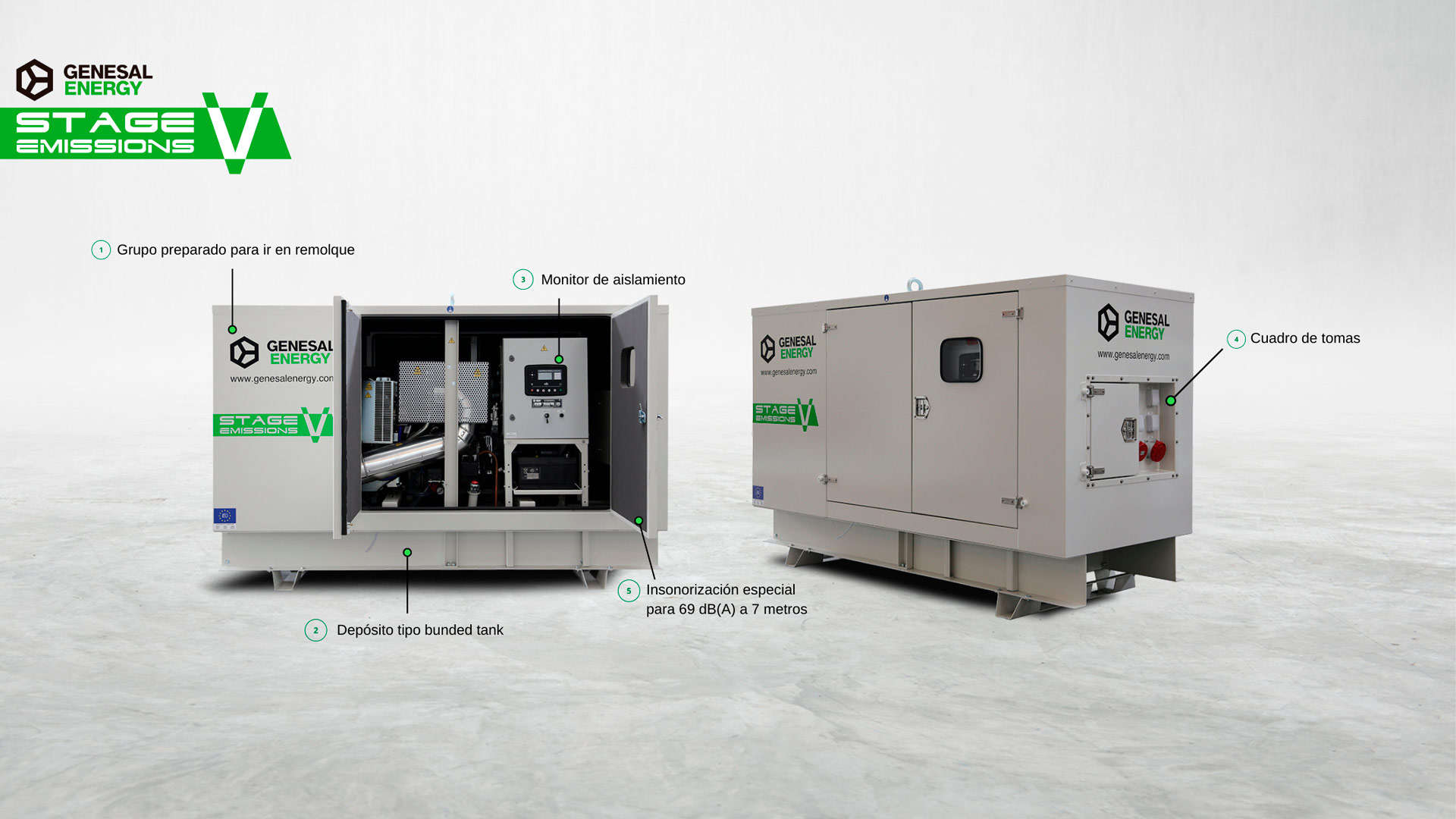
Genesal Energy is currently developing its new range of gensets with Stage V engines that comply with the emissions criteria defined in the regulations.
We have just completed the manufacture and delivery of two emergency generator sets for a government project in Germany. These units were designed for trailer mounting and comply with European Union emissions regulations. They include socket panels, meaning power can be supplied to different types of machinery wherever it is required.
In addition, the units contain resistors to guarantee a minimum load at all times (the resistors connect only when a certain quantity of soot has accumulated; below this level the minimum load is not guaranteed), ensuring a working temperature which prevents the crystallisation of exhaust residue, thus avoiding machine malfunctions.
These gensets were designed to be as autonomous as possible and also to be versatile; the socket panel on the soundproofed canopy allows various different machines to be connected. The client also required soundproofing, so we installed baffles inside the canopy which ensure the average noise level at 7 metres does not exceed 69 dB(A).
Features:
- Designed for trailer mounting
- *Bunded tank
- *Isolation monitor
- *Socket panel
- *STAGE V engine
- Special soundproofing: 69 dB(A) at 7 metres
Our new range of gensets with Stage V engines make the very latest technology available to our clients, which is one of the ongoing challenges we set ourselves at Genesal. This is possible due to the incredible commitment to R&D&I of our team at the Distributed Energy Technology Centre (CETED), which was created to design advanced generator sets that are made to measure from scratch for every client in accordance with their needs.

